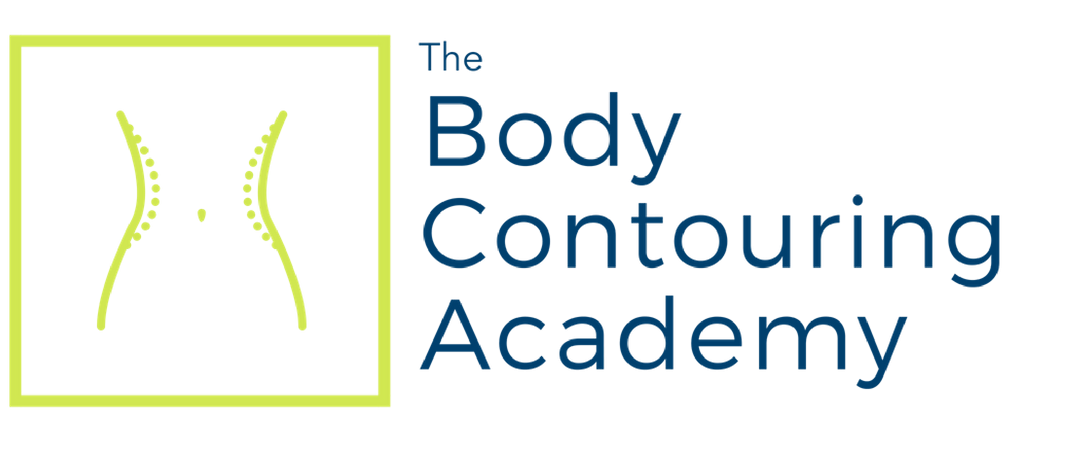How to make Uncomfortable Procedures Enjoyable using simple, medically proven Distraction Techniques
The subject of pain and/or discomfort during body contouring treatments came up in conversation the other day. We were noting that we don’t have to deal with patient discomfort much with non-invasive body contouring, but when you do, you really need to know how to help the patient. You don’t want your patients feeling bad, having a bad treatment experience, and leaving unhappy.
Do you offer or perform procedures and treatments that some patients find uncomfortable or even painful? It’s true that undergoing some non-invasive body contouring treatments, like SculpSure and CoolSculpting and a few others, can be challenging for some patients. So, what is the best way to help your patients get through a treatment they find difficult? And, is it possible to make their treatment experience a positive one?
You definitely can make the treatment a positive experience. In today’s episode, we’re going to provide you with some easy-to-use interventions to reduce the patient’s discomfort, alleviate the patient’s anxiety and transform what could have been a dreadful experience into a wonderful, positive experience.
And you don’t need to use medications or other agents. Say no to drugs. You should use distraction methods instead. Distraction is defined as shifting or moving attention away. In other words, these interventions involve moving the patient’s focus away from the pain, anxiety or discomfort and toward another activity or even towards you.
But distraction is not just in your head. It’s not just a psychological phenomenon. It’s actually a neurological mechanism. Medical studies using MRI show us that distractions actually inhibit the response to incoming pain signals. This is huge because these findings show that mental processes can actually alter the experience of pain…decrease the feeling of pain.
So, it’s really two fold. First, the patient is focusing on something else, and giving the patient’s brain another activity to engage in, and away from their pain. Second, the mental distraction changes the neurological processes and interrupts the pain signals going to the brain, actually reducing the pain.
So, are you convinced? Do you see how distraction interventions really do treat pain?
Now, let’s get started with some distraction activities you can easily use.
First, when you have a patient having a hard time, sit on a rolling stool and scoot up close to the patient’s face. Look at her face. You’ll be able to read her feelings. Talk to her. Ask her about her kids, her job or her pets. The conversation will change her focus away from her discomfort. Make sure she keeps her eyes open and looking at you for visual signals to the brain.
Next, when a patient is really struggling, try breathing. Remember Lamaze? It was all the craze for a while. The Lamaze Method utilizes a breathing technique to distract women from labor pains. That’s intense pain, not the short term, milder pain we see with SculpSure and CoolSculpting. In our Med Spa, we’ve used something similar to Lamaze, a patterned breathing technique. This is how it goes. Tell the patient to inhale through her nose over a period of 5 seconds, then hold for 5 seconds, then exhale through her mouth slowly for 5 seconds, hold for 5 seconds, then repeat. You can repeat as much as needed. And it’s great to count to 5 aloud each time as the patient is breathing. The breathing relaxes her and the counting activity distracts her.
How about another way. Connect with the patient. You probably do this already but make a point of carrying on a conversation about something the patient cares about. It’s another way to distract from pain. Ask her if she has anything fun planned. Ask her about her family. Find something to talk about that brings a spark to her eyes. This is a great distraction and one she will love.
Sometimes the patient wants to create her own distraction. Does she prefer to check her email or take a look at Facebook? Maybe she’s really into an audible book or podcast (like ours!). Some patients prefer to calm themselves with their own distractions, so be sure to be in tune with your patient’s preferences.
The use of activities that distract attention from pain is one of the most effective and highly endorsed strategies for controlling pain. Use it in your practice today.
That brings us to your Action Step for today’s episode:
Decide which of these distraction interventions will you use in your practice and incorporate them today for great patient experiences!
That’s it for today.
Join us next week for more. Subscribe now so you never miss an episode.
Bye for now from Shannon and Kay at the Body Contouring Academy’s Proven Profits Podcast.
